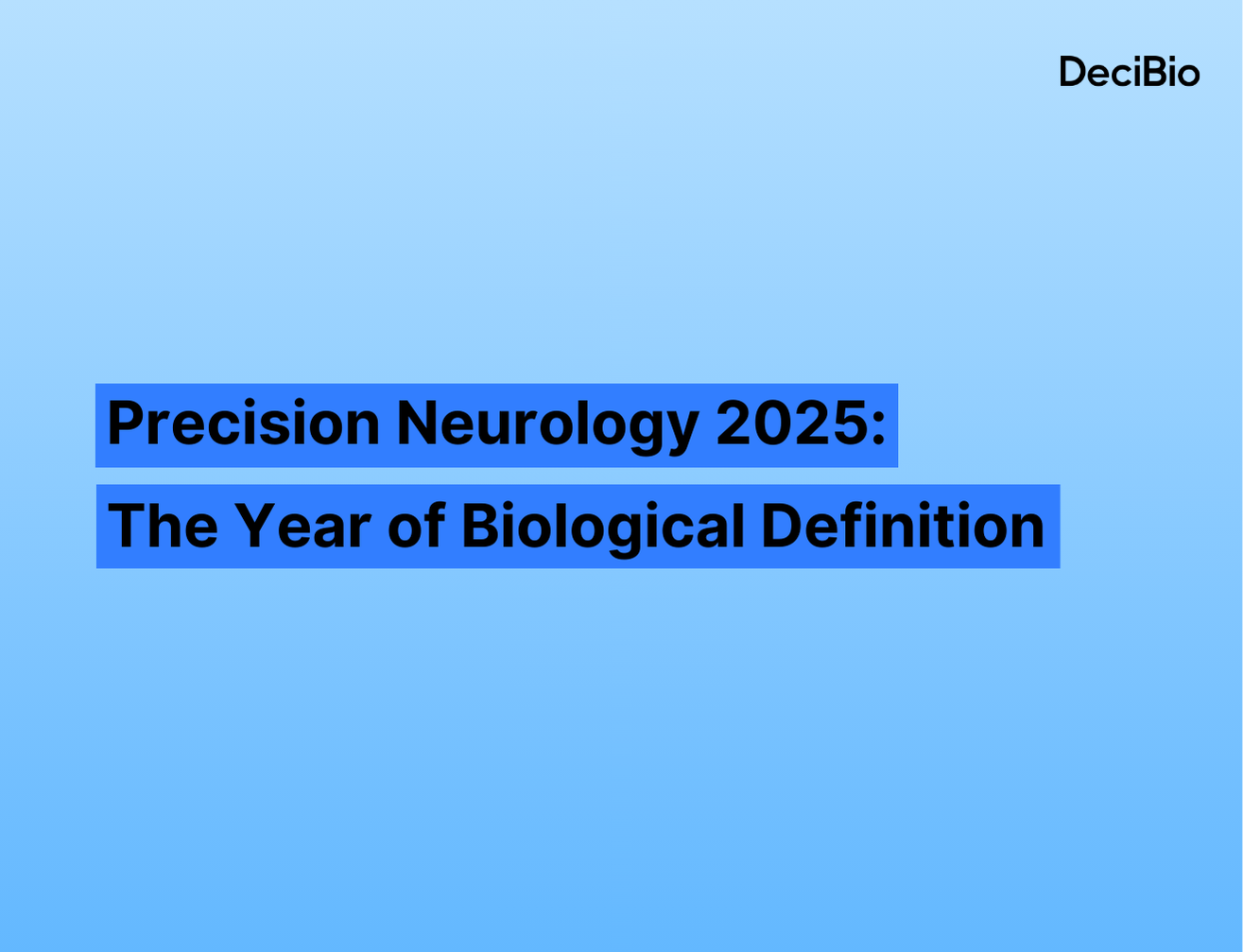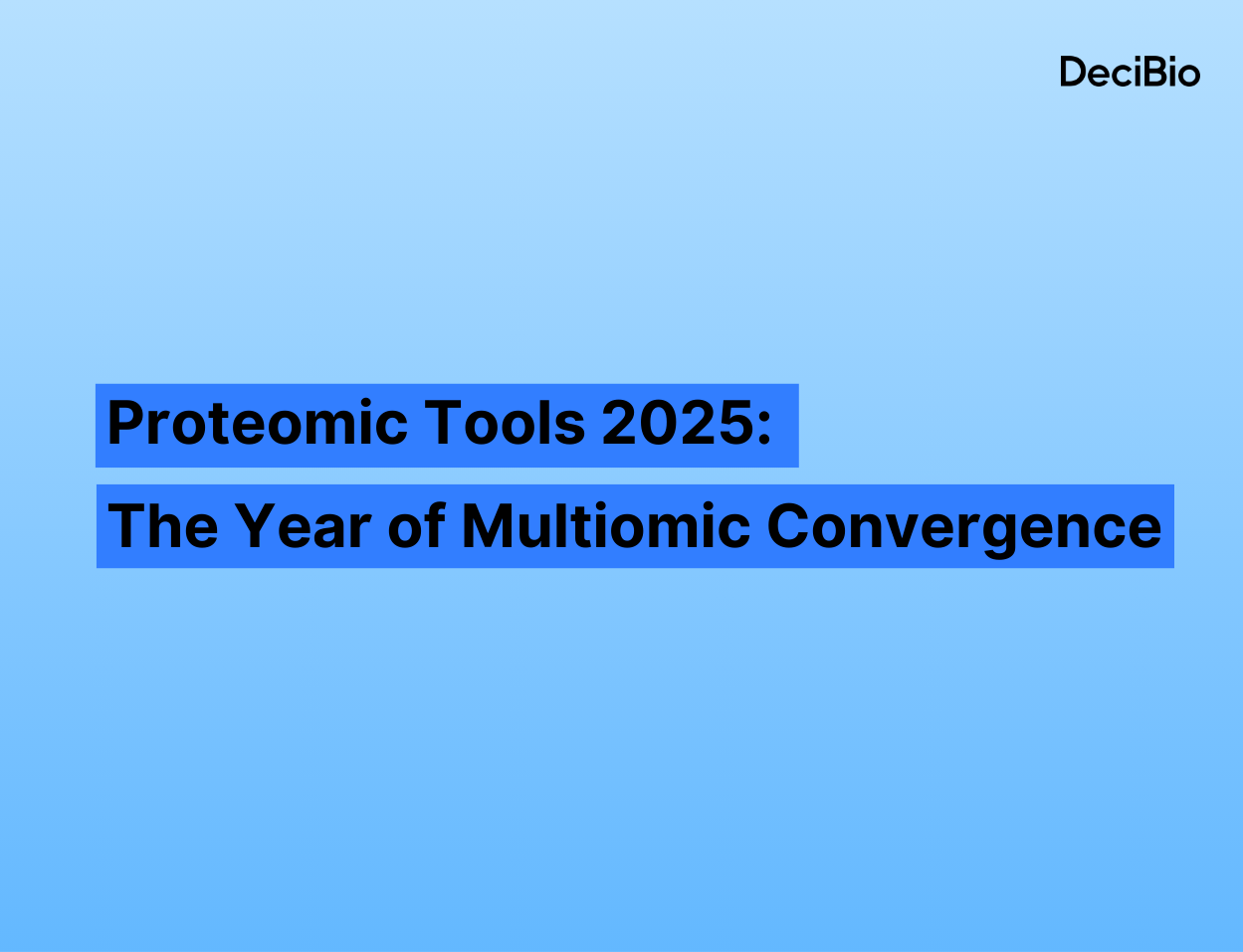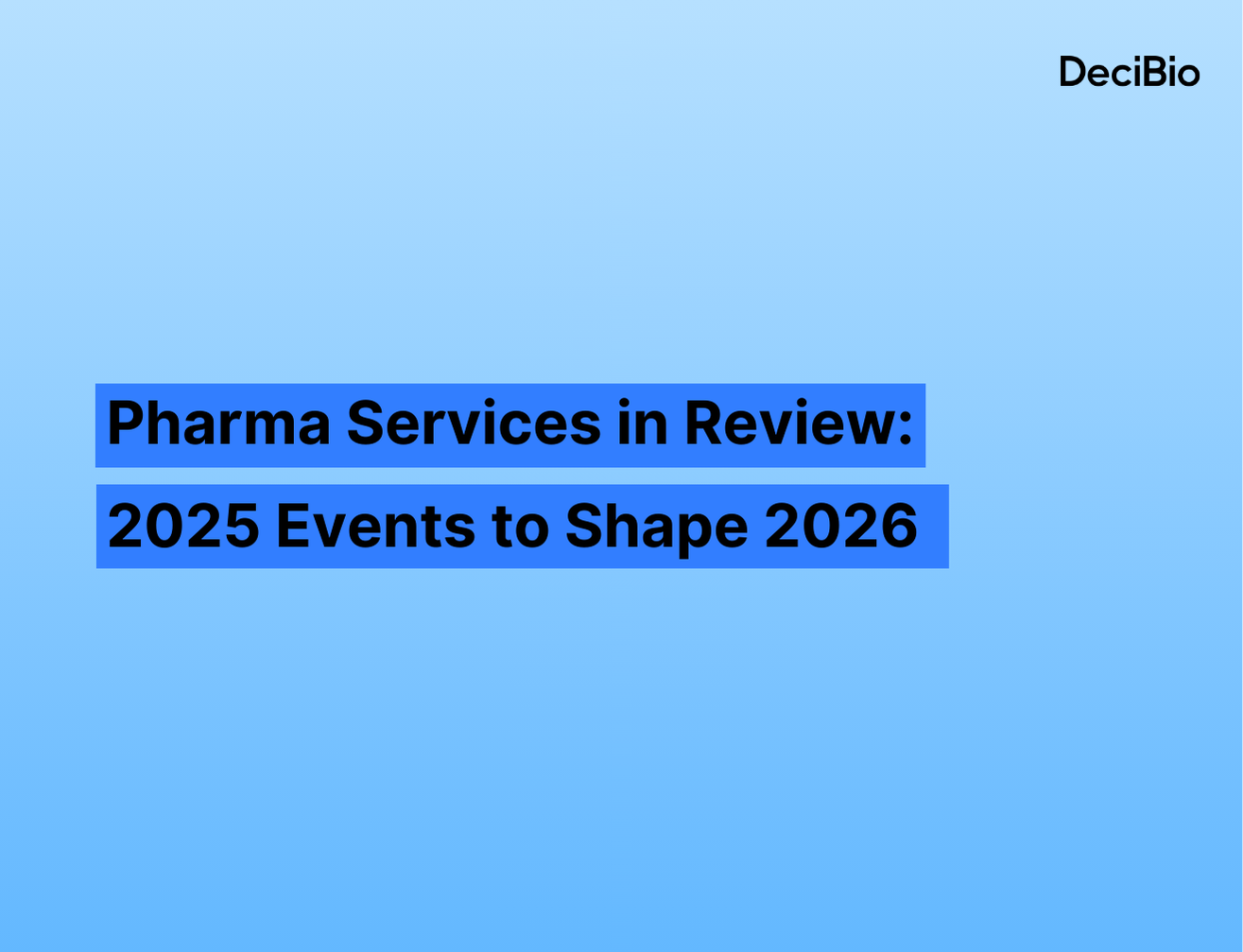Partnership Landscape - September 2024
.png)
1. Company size corresponds with number of partnerships, link thickness corresponds with recency of the partnership (thicker lines are more recent; partnerships for which a year could not be established are set at minimum thickness).
2. Partnership activity was pulled from company websites and press releases and is based on publicly available information (as of Aug. 28th, 2024). Research collaborations that have resulted in pubs / conference abstracts but that have not been publicized as partnerships may not be included. Partnerships announced or referenced in the last five years were prioritized; older partnerships may be missing. Not all partnerships may be active and ongoing. Diagram is not exhaustive of all digital pathology partnerships.
3. Many companies have offerings spanning multiple product categories; the primary or most comprehensive product offering was used for node shading.
4. Incubators, accelerators, and investors were excluded.
5. There are additional pathology companies that have been excluded because they do not have digital pathology offerings. Partnerships with companies that are unrelated to digital pathology have been excluded
6. Research consortia were generally excluded unless there were industry participants.

As we prepare to publish the second edition of our Digital and Computational Pathology Market Report next month, I've been updating our graphic that tracks partnerships within this dynamic field. While working on it, I came across the original version of the graphic from August 2022—almost exactly two years ago.
The transformation is striking. The partnership landscape has become far more intricate and interconnected than it was in 2022. What started as a network of primarily digital pathology companies collaborating to streamline workflows has now evolved into a robust ecosystem. Today, it encompasses dozens of hospitals, research institutions, and commercial reference labs. Remarkably, nearly 50% of the partnerships in this space have formed in just the past two years.
While there’s still much work ahead to make digital pathology ubiquitous, and many of these collaborations will take time to yield tangible results, this is a powerful illustration of the field’s rapid growth over the past two years.









